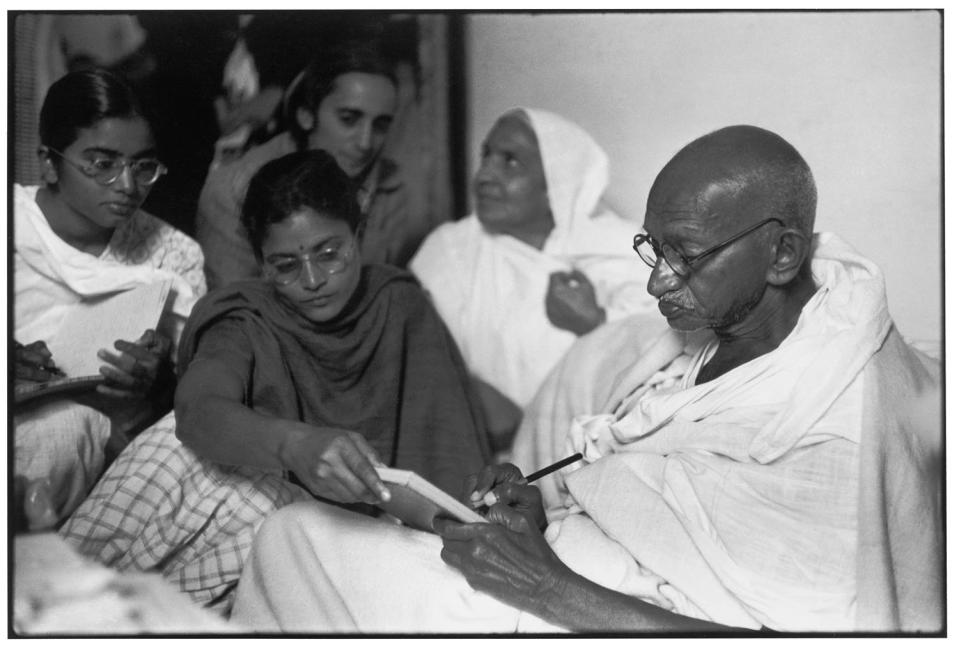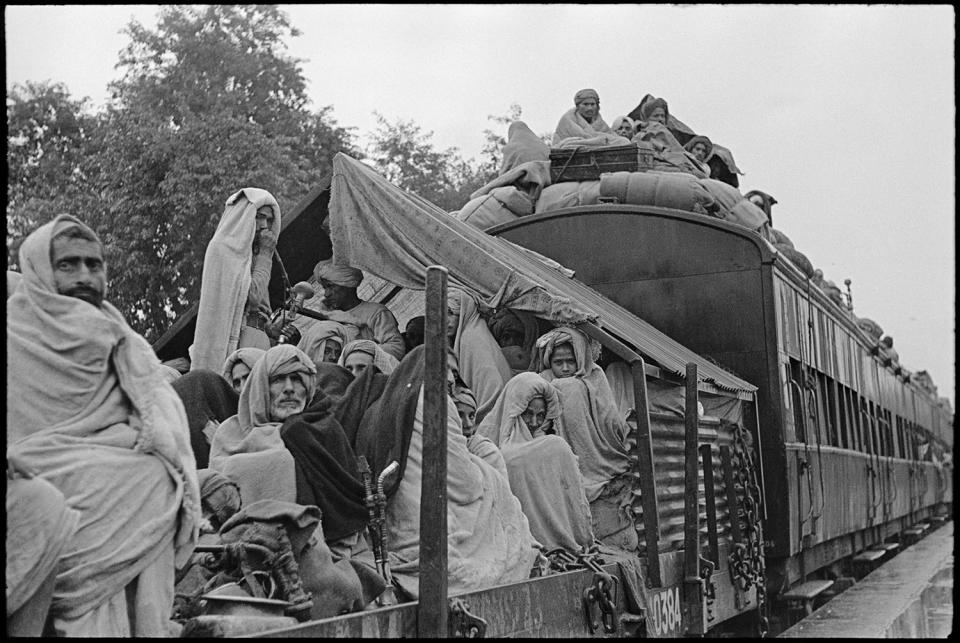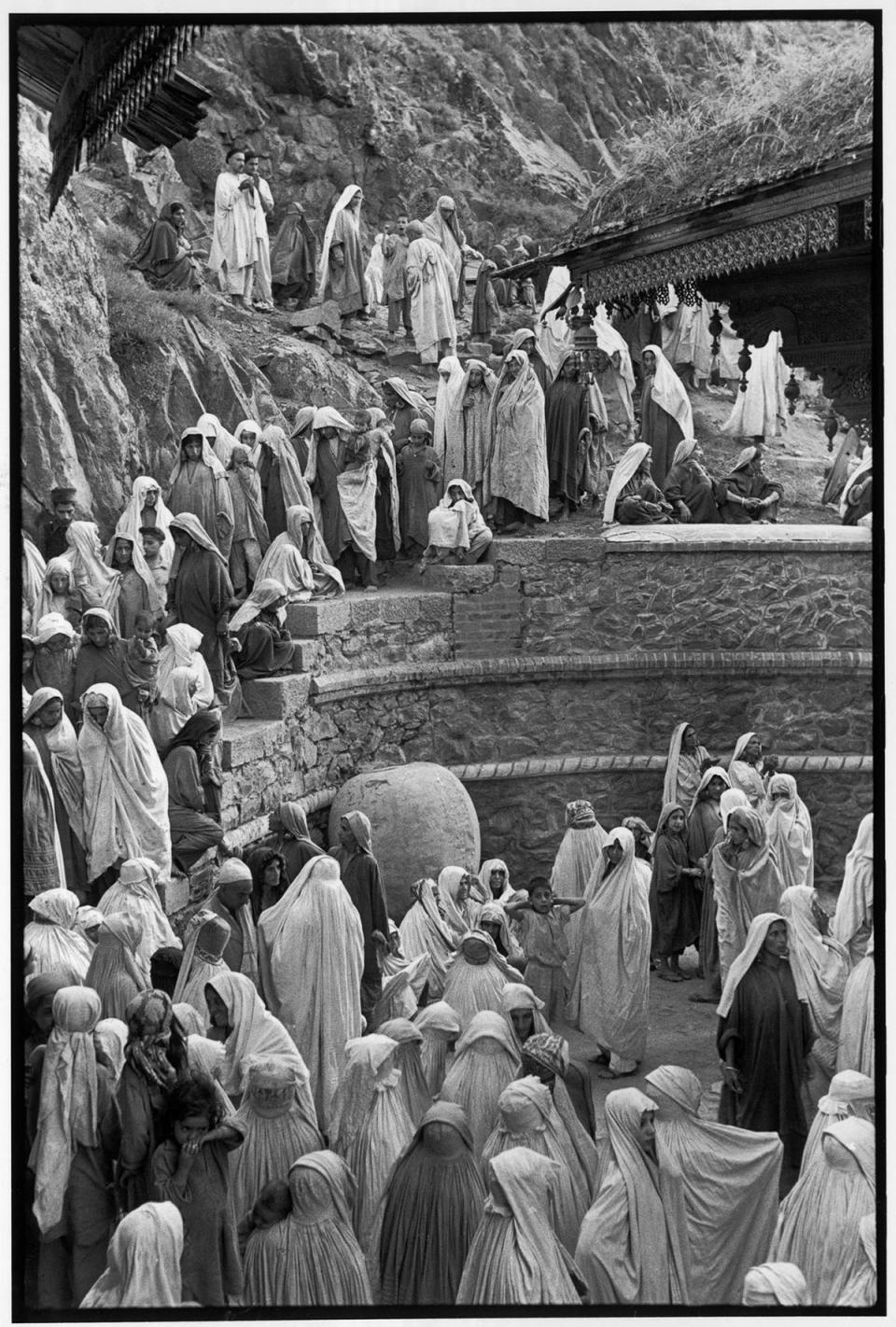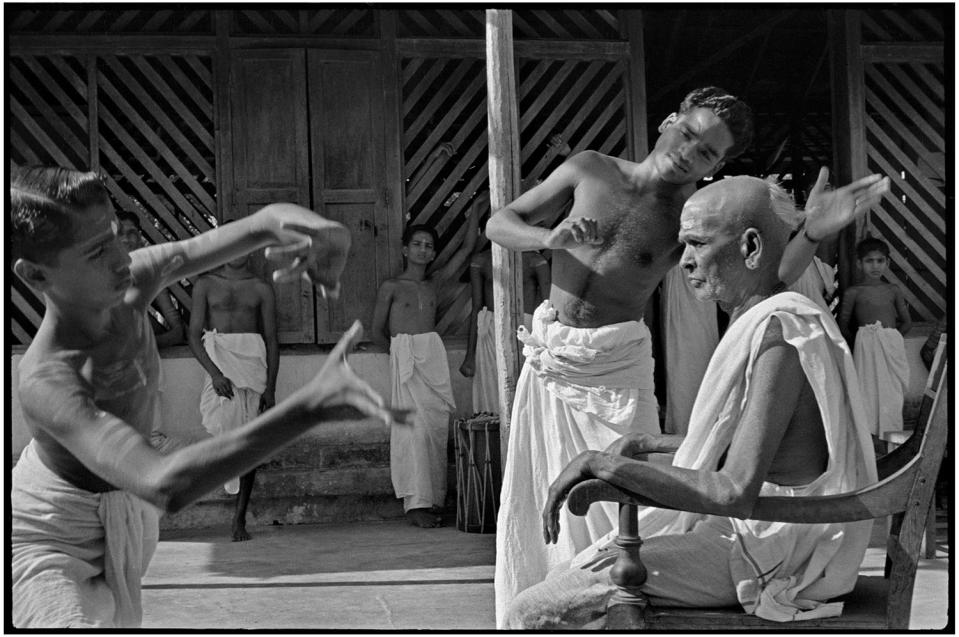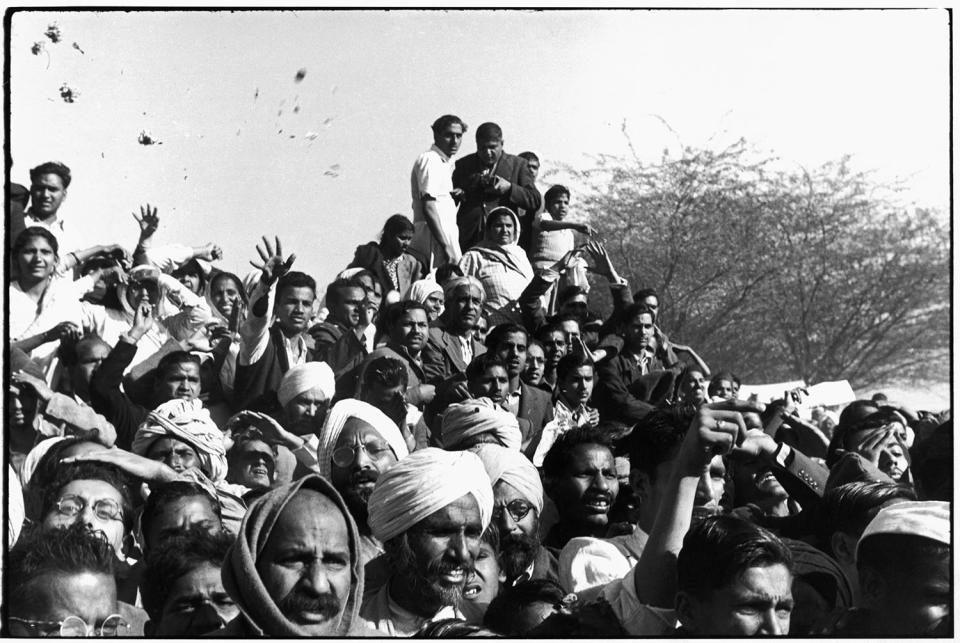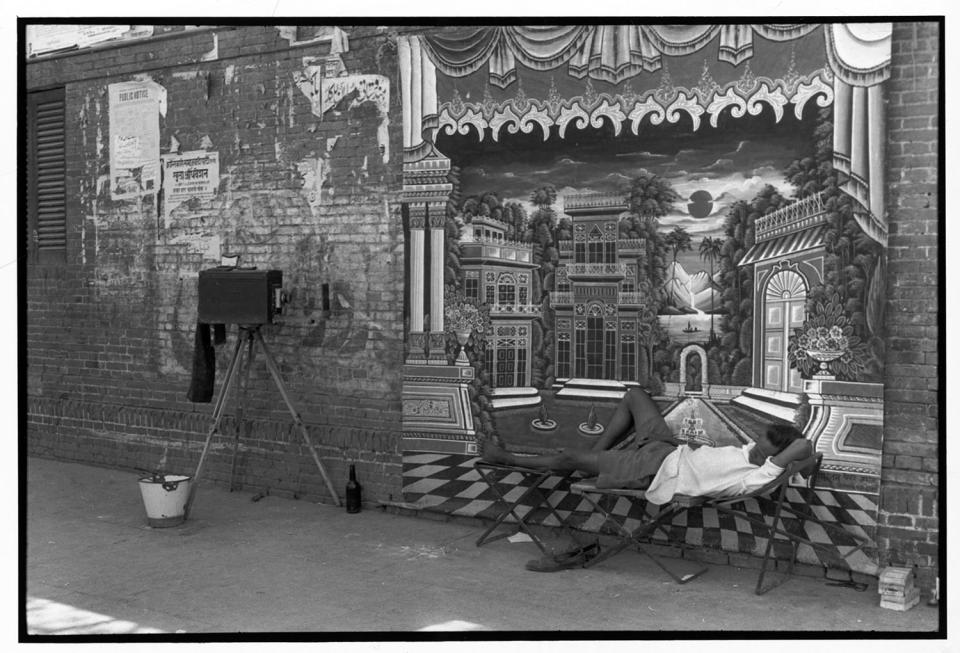Henri Cartier-Bresson’s India: Father of modern photojournalism’s rarely seen photos
The Rubin Museum of Art in New York City will present “Henri Cartier-Bresson: India in Full Frame,” an exhibition opening on April 21, 2017, illustrating the pioneering photographer’s perspective on India during a period of political and cultural turmoil.
In 1947, Cartier-Bresson co-founded the internationally renowned cooperative photographic agency Magnum Photos. Later that same year he undertook his first trip to India as part of a three-year stay in Asia.
At the time, India was undergoing a massive political transition, having gained independence from British colonial rule and been partitioned from Pakistan. In January 1948, Cartier-Bresson traveled to Delhi to meet with one of the key players in that transition, Indian independence leader Mahatma Gandhi.
It would be one of Gandhi’s final meetings before his assassination at the hands of a Hindu nationalist on Jan. 30 of that year.
The exhibition, which coincides with the 70th anniversary of the founding of Magnum Photos, features a selection of 69 images showcasing the photographer’s perspective on Gandhi’s final day, key political events, and everyday moments in mid-20th century India.
Cartier-Bresson, called the father of modern photojournalism, is best known for street photography, which he developed during his travels around the world and which has influenced generations of photographers. The exhibit is organized by the Rubin Museum of Art in collaboration with Magnum Photos and the Henri Cartier-Bresson Foundation.
See more news-related photo galleries and follow us on Yahoo News Photo Tumblr.


